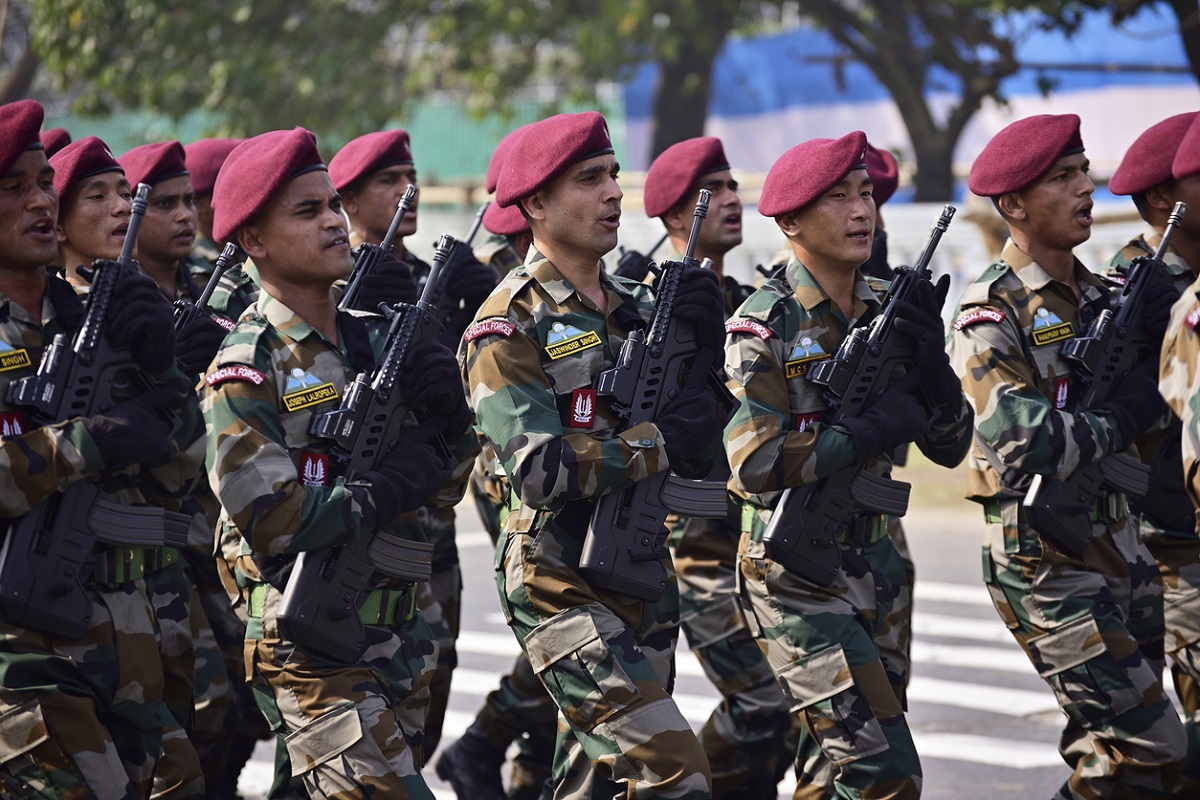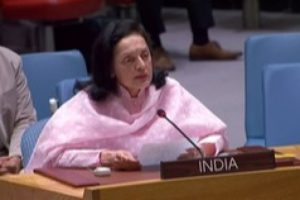The current CDS, General Anil Chauhan, has been relatively silent on media networks as compared to his predecessor, General Bipin Rawat, though he would be addressing the agenda entrusted to him. His major reform is the establishment of theatre commands. The government has repeatedly stated its intent on the subject.
However, concerns continue to flow from the air force on dividing its limited multi-role assets. These objections are based on the premise that resources once allocated to theatres cannot be used for other tasks. Simultaneously, the air force insists on jointness and integrated war fighting.
A former air chief, Air Chief Marshal (ACM) S Krishnaswamy, stated in a recent article, “Jointness among the armed forces is a convergence of spirit and mind to achieve greater efficiency, which the government desires. The three services must develop an approach of military management and warfighting in a cohesive manner, with a concern for each other. We need to integrate these to achieve jointness.”
The author appears to hint that other services fail to comprehend the concerns of the air force. Integration and jointness have been mentioned without serious intent. The fact remains that operations can only be successful if they are jointly planned and executed. This is only feasible when resources to implement allocated tasks are under one commander responsible for operations in a theatre. We cannot live under the pretext of 1971. He who controls resources can enforce jointness and integration by joint exercises and training.
Expecting jointness to flow through the convergence of spirit is eyewash. For decades, service chiefs insisted that jointness must commence from grassroots levels. These remained empty promises. There will always be a shortfall of resources.
There has been no war where resources demanded have been allocated. The essence of command is managing what is available in the best possible manner. Propagating that air power resources allocated to a theatre cannot be sidestepped for other tasks gives the impression that service chiefs lack trust in senior generals or equivalents who will command theatres. It is from amongst theatre commanders that the government will appoint service chiefs, whom ACM Krishnaswamy described as, “experts in their domain. Carefully selected to lead their respective forces in peace and war.”
How is it possible that a theatre commander can refuse to cooperate or obey directions of the Chiefs of Staff Committee (COSC)of which he could be a member in the coming months or years as a service chief? It also conveys that the air force considers the senior hierarchy of other services lacking professional knowledge on integrated employment.
ACM Krishnaswamy also commented on the CDS mentioning “(his) functions merge with secretarial work of Ministry of Defence.” He added, “If the CDS has to get into managing warfighting of the entire military apparatus, that will certainly be an overload.” The CDS is a multifaceted appointment. Apart from being Secretary, DMA coordinating military matters in the MOD, he is also the single point advisor to the government, permanent head of the COSC, and possibly the link between theatre commanders and the defence minister.
Theatre commands would operate under the COSC and to support their functioning there is a huge elephant, the HQ Integrated Defence Staff (IDS). Why have this elephant if the CDS is to function only as a secretary in the MOD? If the air force believes in jointness and integration, then HQ IDS, staffed by all three services, functioning under the COSC, is ideal for controlling joint operations. If the system has to work, then the best amongst the services must serve in IDS.
An added benefit of integrated commands is establishing a joint logistics command as also integrating training and procurements. There is a commonality in most items including vehicles spare parts and clothing, between the forces; however, identification numbers are different, thereby creating confusion. This can be resolved but is hampered by a lack of trust amongst the forces.
Common procurement of vehicles, clothing, etc. would, apart from savings, also cut maintenance costs. Similarly integrating training can result in shutting down many service-specific training institutes, saving funds. The problem is the unwillingness of service chiefs to surrender assets of their service. Each service views the future battlefield milieu from its own perspective leading to pushing its own specific procurements.
This is also due to the government’s failure in producing a national security doctrine resulting in a defence strategy. Joint procurement plans, flowing from a national defence strategy, can provide the best bang for the buck. A simple example is each service operating its own Heron drones, procured from Israel. Ideally, this should be the responsibility of the air force, providing input to others.
A common command and control centre for operations can be established in a theatre. A major drawback has been years of working in isolation leading to reduced trust on our own colleagues wearing different colours of the uniform.
Rebuilding this trust should be a priority. Until the arrival of General Bipin Rawat as CDS and his mandate of integration, all were satisfied with the status quo and service chiefs functioning unhindered as force providers and force employers. Happiness prevailed across the board. The announcement of theatre commands caused an upheaval resulting in the invention of excuses to block its creation as it could degrade the status of service chiefs.
Excuses went to levels where generals and equivalents were considered incapable of understanding the functioning of other services as also would jealously guard allocated resources. Amazingly no one mentioned how this individual on promotion to service chief suddenly becomes knowledgeable and capable of integrated war fighting.
These excuses appear to be an intent only to halt or delay the creation of theatre commands rather than finding a solution to resolve differences. The government has thus far left the responsibility of creating theatre commands to the CDS and experienced service chiefs. At some stage, it would insist on its political mandate being fulfilled. If differences continue, integration could flow from a cabinet decision, based on suggestions not by military strategists but by the National Security Council, with minimum military representation. Possibly this is what service chiefs would prefer as it would absolve them from being directly responsible











